Is $450m Leonardo da Vinci painting a fake?
Unveiling of world’s most expensive artwork at Louvre Abu Dhabi postponed
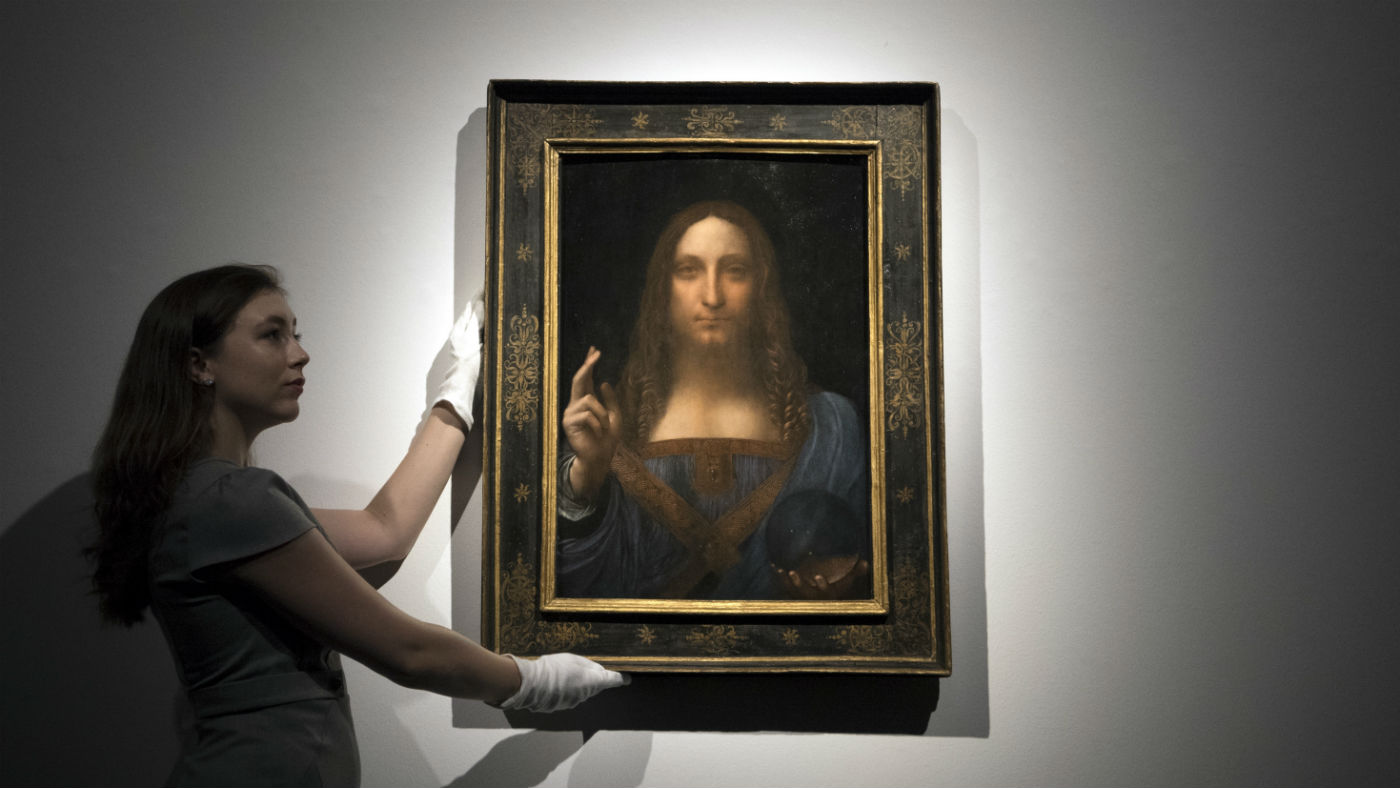
The world’s most expensive painting, which was due to go on display at the Louvre Abi Dhabi later this month, has had its unveiling postponed, fueling renewed speculation about its authenticity.
Leonardo da Vinci’s Salvator Mundi, which was purchased at auction in New York last November for $450.3m (£342.1m) after a tense 20-minute sale involving unidentified bidders, had been scheduled to go display on 18 September.
The identity of the buyer was initially unknown but later revealed to be Badr bin Abdullah bin Mohammed bin Farhan al Saud, a member of the Saudi royal family who was said to be acting on behalf of the museum in Abu Dhabi.
The Week
Escape your echo chamber. Get the facts behind the news, plus analysis from multiple perspectives.

Sign up for The Week's Free Newsletters
From our morning news briefing to a weekly Good News Newsletter, get the best of The Week delivered directly to your inbox.
From our morning news briefing to a weekly Good News Newsletter, get the best of The Week delivered directly to your inbox.
There has been much speculation about whether Abdullah had in fact been a proxy for Saudi Arabia’s crown prince, Mohammad bin Salman. The Guardian reports that a US intelligence assessment had initially identified Bin Salman as the owner “but the extent of his involvement in the purchase remains unknown”.
But while its ownership has sparked fierce speculation, its provenance and authenticity has also been questioned.
Dated around 1500, the painting is one of fewer than 20 attributed to Leonardo. Its whereabouts were unknown for over two centuries before it re-emerged. Initially attributed to one of Leonardo’s assistants, it was sold in 1958 for just $60.
Its inclusion in the National Gallery’s 2011 exhibition Leonardo, however, “sealed its acceptance as a fully autograph work by Leonardo da Vinci … after more than six years of painstaking research and inquiry to document the painting’s authenticity”, says Christies.
A free daily email with the biggest news stories of the day – and the best features from TheWeek.com
However, the German art historian Frank Zöllner wrote in the preface to the 2017 edition of his book, Leonardo – the Complete Paintings and Drawings, that the painting “exhibits a strongly developed sfumato technique that corresponds more closely to the manner of a Leonardo pupil active in the 1520s than to the style of the master himself”.
Separate findings from University of Oxford art historian Matthew Landrus set to be published this week claim only 20% to 30% of the painting was actually completed by Leonardo himself.
Speaking to CNN in August, Landrus outlined his theory that the great painter's assistant, Bernardino Luini, was largely responsible for the artwork.
The timing of the publication has fueled speculation about why the museum has postponed the painting’s unveiling, but UAE state-paper The National has a more prosaic theory, suggesting the museum might be waiting for its one year anniversary, on 11 November.
-
 Sport on TV guide: Christmas 2022 and New Year listings
Sport on TV guide: Christmas 2022 and New Year listingsSpeed Read Enjoy a feast of sporting action with football, darts, rugby union, racing, NFL and NBA
-
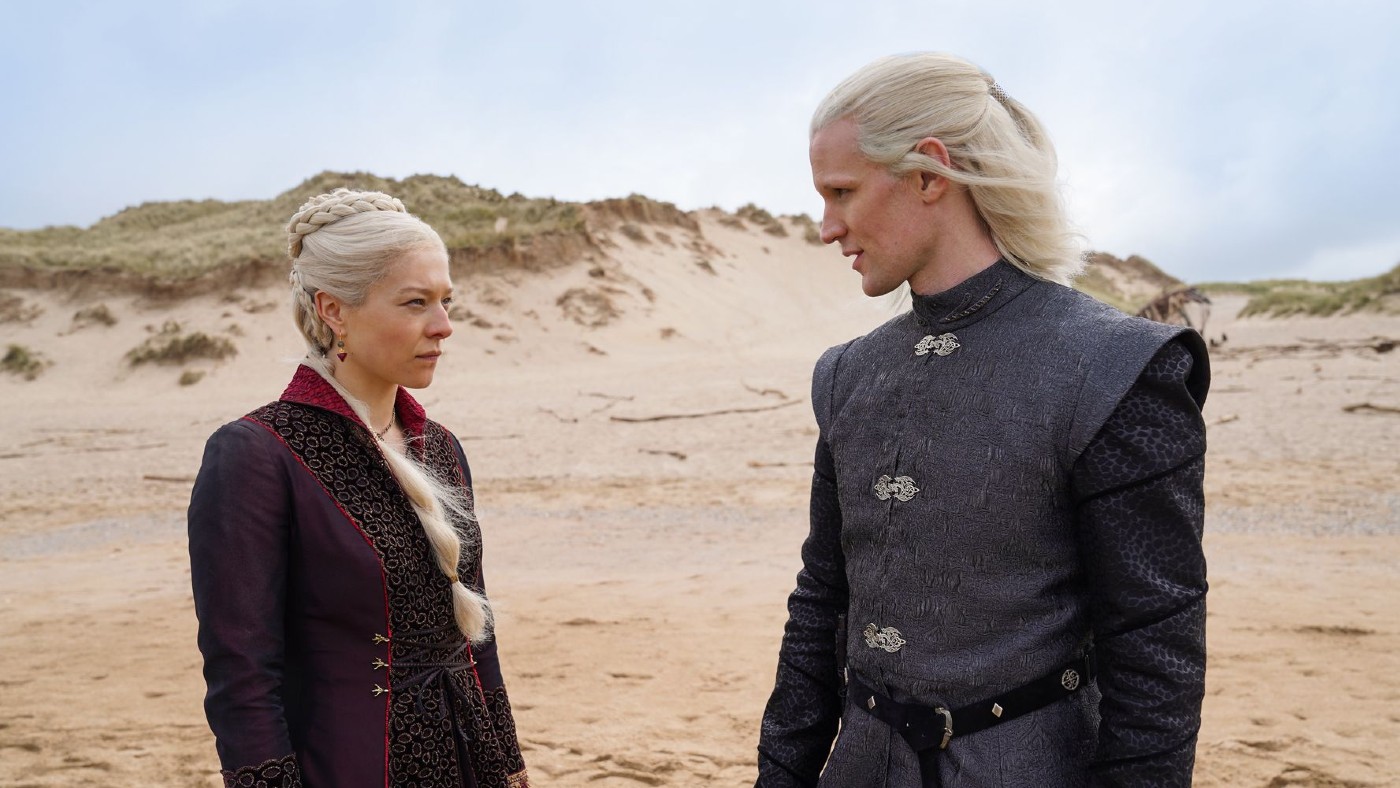 House of the Dragon: what to expect from the Game of Thrones prequel
House of the Dragon: what to expect from the Game of Thrones prequelSpeed Read Ten-part series, set 200 years before GoT, will show the incestuous decline of Targaryen
-
 One in 20 young Americans identify as trans or non-binary
One in 20 young Americans identify as trans or non-binarySpeed Read New research suggests that 44% of US adults know someone who is transgender
-
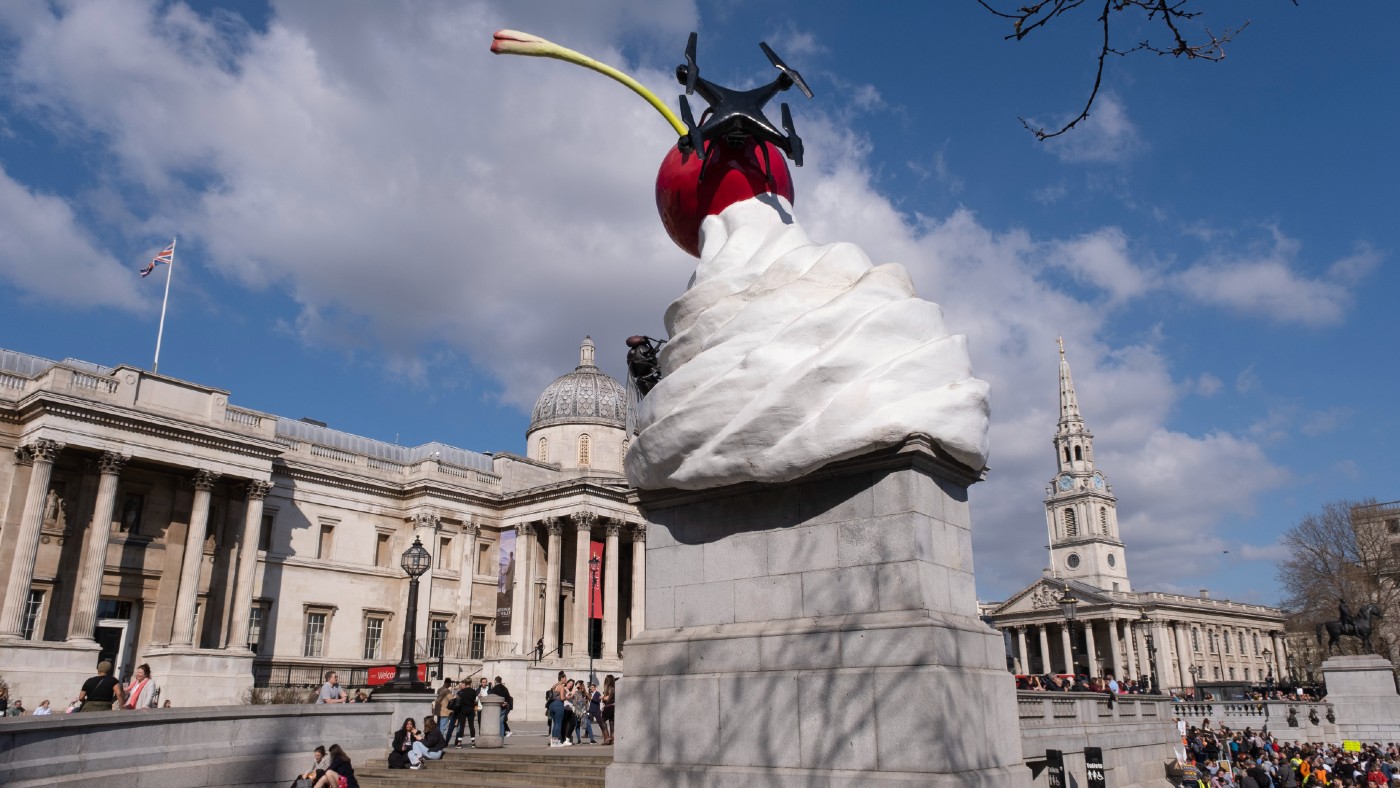 The Turner Prize 2022: a ‘vintage’ shortlist?
The Turner Prize 2022: a ‘vintage’ shortlist?Speed Read All four artists look towards ‘growth, revival and reinvention’ in their work
-
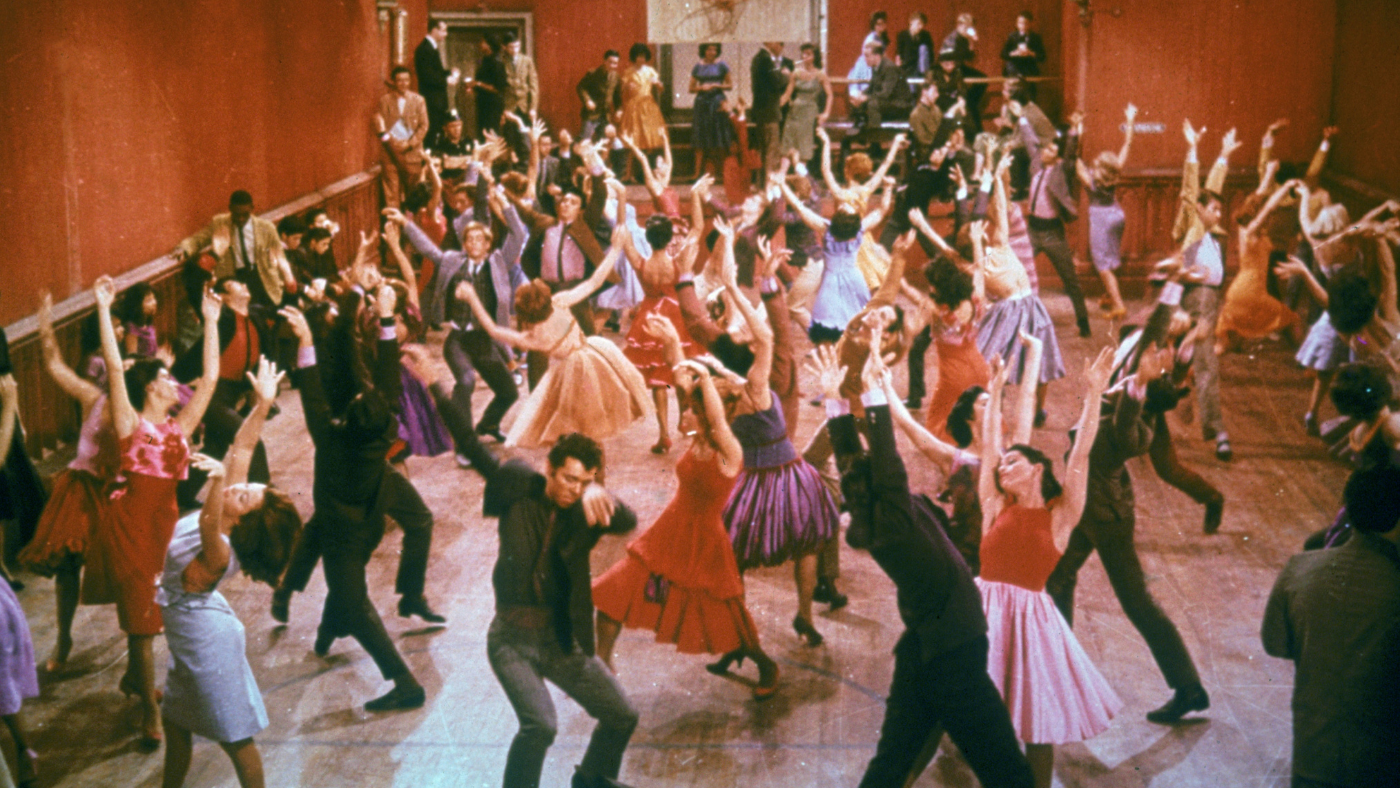 What’s on TV this Christmas? The best holiday television
What’s on TV this Christmas? The best holiday televisionSpeed Read From films and documentaries to musicals for all the family
-
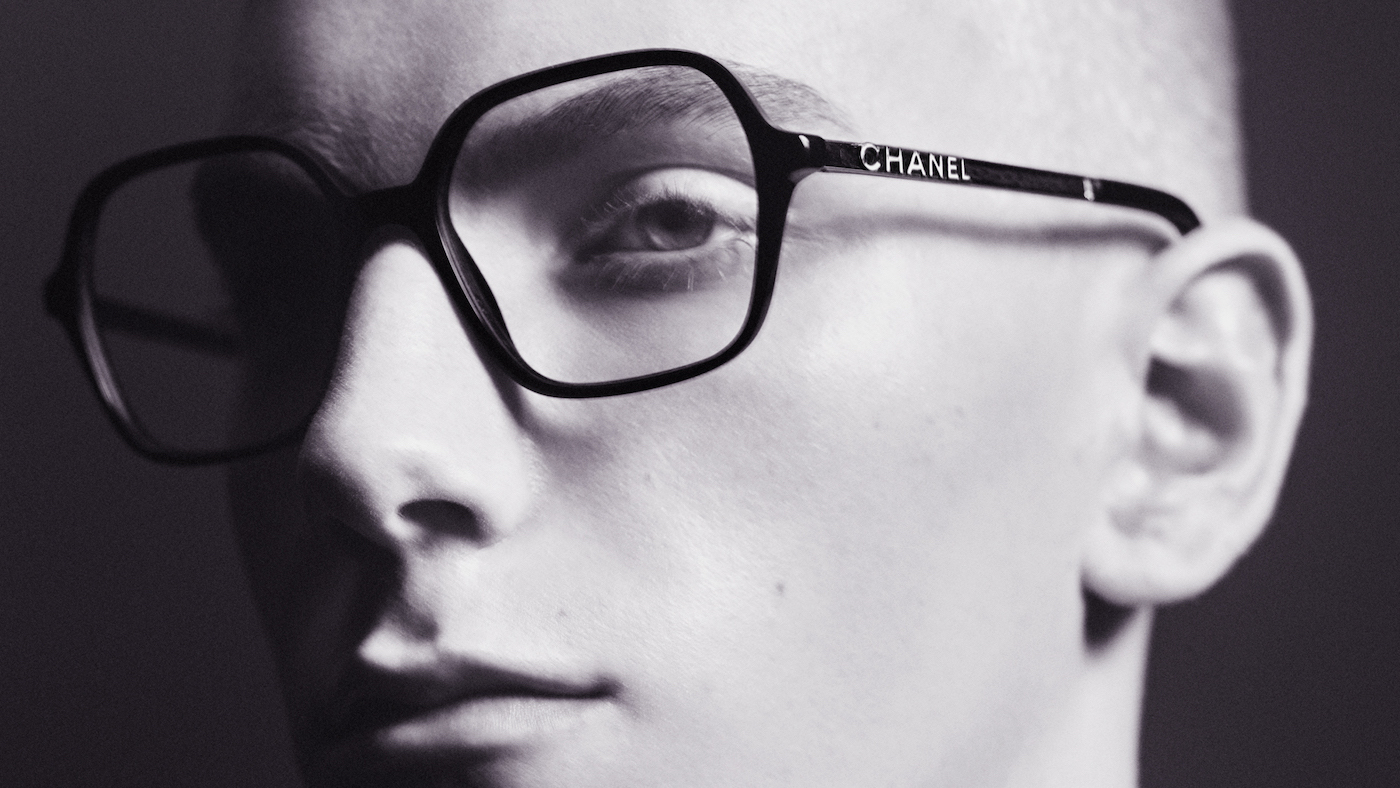 Coco vision: up close to Chanel opticals
Coco vision: up close to Chanel opticalsSpeed Read Parisian luxury house adds opticals to digital offering
-
 Abba returns: how the Swedish supergroup and their ‘Abba-tars’ are taking a chance on a reunion
Abba returns: how the Swedish supergroup and their ‘Abba-tars’ are taking a chance on a reunionSpeed Read From next May, digital avatars of the foursome will be performing concerts in east London
-
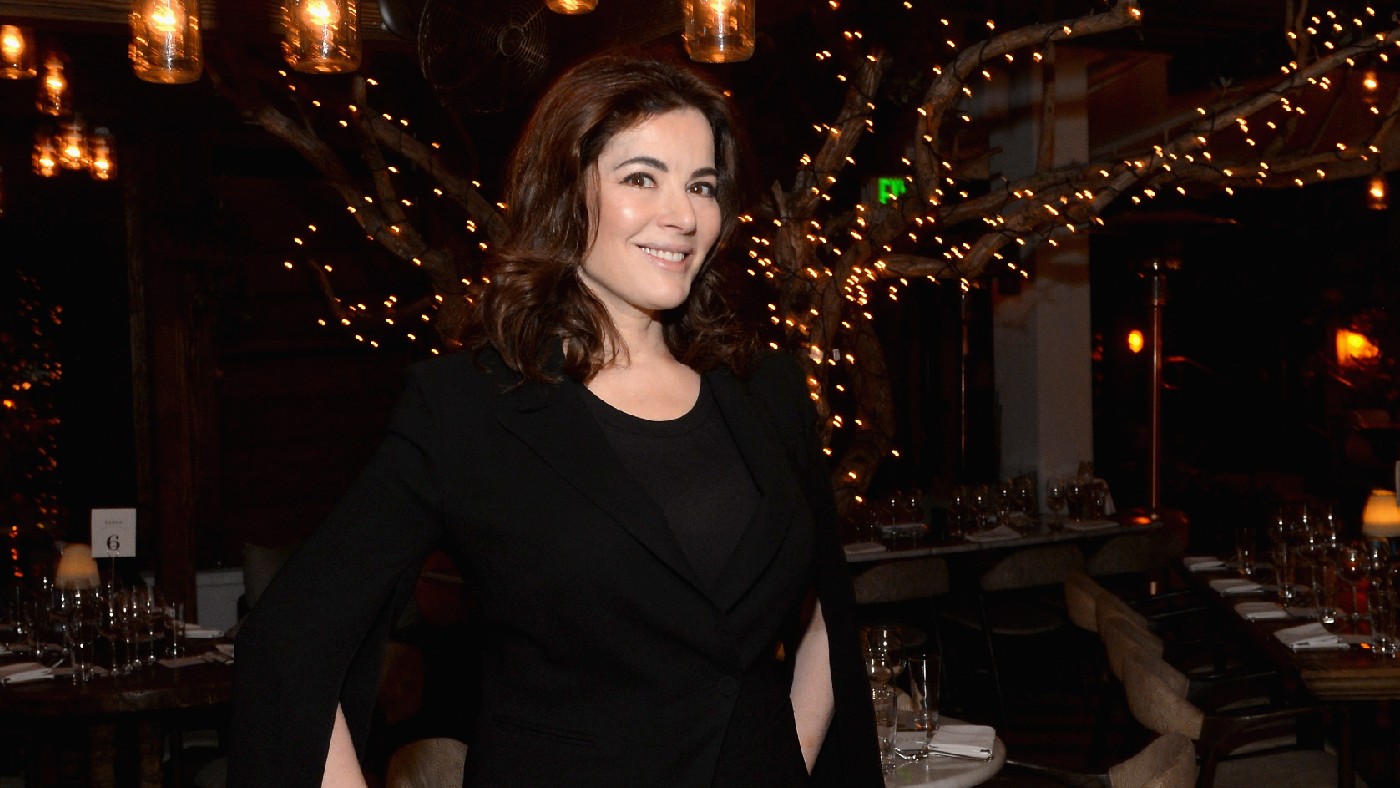 ‘Turning down her smut setting’: how Nigella Lawson is cleaning up her recipes
‘Turning down her smut setting’: how Nigella Lawson is cleaning up her recipesSpeed Read Last week, the TV cook announced she was axing the word ‘slut’ from her recipe for Slut Red Raspberries in Chardonnay Jelly


